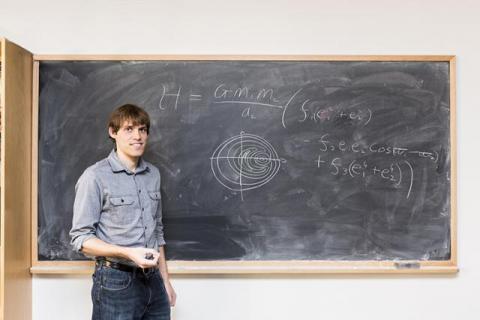Abstract: The recent influx of extrasolar planetary detections has provided a key window into the primordial environment sculpting planetary systems, including our own Solar system. In particular, young stars rotate substantially faster than the Sun, possess strong magnetic fields and consequently host powerful stellar winds. Additionally, extrasolar planets usually reside on orbits much closer-in than Mercury, implying that our Solar system was somehow “hollowed-out” during its history, leading to a mass-deficit interior to Mercury’s orbit. In this talk, I will demonstrate the underappreciated role played by the winds of host stars, including the Sun, in sculpting the final architectures of planetary systems. Specifically, young stellar winds, emanated from fast-rotating stars, impose an orbital drag upon planetary building blocks, causing migration of their primordial locations. I show how this affect can help explain Mercury’s anomalously large iron core. Finally, I describe the importance of the central star’s early quadrupolar gravitational potential in tilting and destabilizing extrasolar planetary systems, a mechanism inactive in the Solar system owing to our relatively large orbits.

